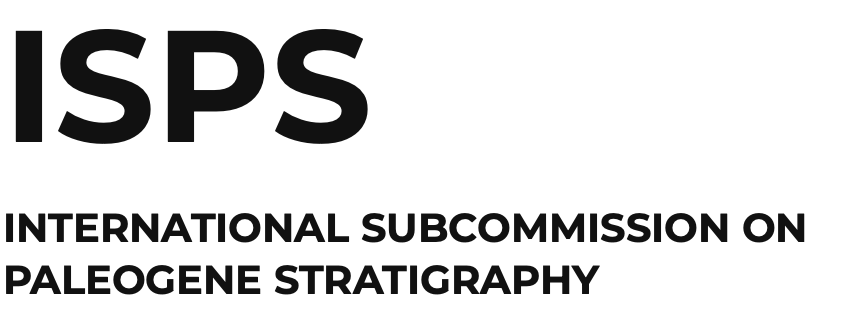GSSP for Priabonian Stage (Eocene)
Definition:
The GSSP for the Base of the Priabonian Stage (Paleogene System, Eocene Series) is defined at meter level 63.57 in the Alano section (Alano di Piave, NE Italy: 45°54’51.10″N – 11°55’4.87″E). This level coincides with the base of a prominent crystal tuff layer, the Tiziano bed for which absolute ages, based on cyclostratigraphic (37.710 Ma) and radioisotopic (37.762 Ma) analyses, were provided. The events that approximate the base of the Priabonian Stage are: 1) the successive extinction of large acarininids and Morozovelloides crassatus (planktonic foraminifera) at 57.32 and 57.52 m respectively, 2) the Base of common and continuous Cribrocentrum erbae and the Top of Chiasmolithus grandis (nannofossils) at 62.96 and 66.47 m; 3) the Base of Chron C17n and the Base of Subchron C17n.2n and (magnetostratigraphy) at 62.48 and 52.62 m, respectively. All these closely spaced events that accompany the Tiziano Bed guarantee a high degree of correlatability of the Priabonian GSSP well outside the Alano section, where it is formally defined.
Location:
The Alano section crops out for ~ 500 meters along the banks of the Calcino Creek, between the small villages of Colmirano and Campo, ~ 1 km E of Alano di Piave village (308 m above the sea level) in the Belluno Province (Italy).
Sedimentology:
The lithology of the Alano section is mainly represented by grayish hemipelagic marls with intercalated numerous millimeter-thick sandy-silty layers and 8 >6-cm-thick sandy-silty layers that represent useful marker beds along the section. The lithostratigraphy of the area is quite complicated and ambiguous, and the Alano section has been provisionally ascribed to Marna Scagliosa di Alano, however, similar sediments have been previously referred to Scaglia Cinerea in the nearby Possagno section.
Primary Markers:
The base of the Tiziano bed, a prominent crystal tuff layer
Secondary Markers:
1) The successive extinction of large acarininids and Morozovelloides crassatus (planktonic foraminifera), the latter defining the base of planktonic foraminiferal Zone E14 (Wade et al, 2011);
2) The Base of common and continuous Cribrocentrum erbae, which marks the base of Zone CNE17 (Agnini et al., 2014) and the Top of Chiasmolithus grandis, which serves to denote the base of Subzone CP15a (Okada and Bukry, 1980) (nannofossils);
3) The Base of Chron C17n and the Base of Subchron C17n.2n (magnetostratigraphy).
References:
Agnini, C., Backman, J., Boscolo-Galazzo, F., Condon, D.J., Fornaciari, E., Galeotti, S., Giusberti, L., Grandesso, P., Lanci, L., Luciani, V., Monechi, S., Muttoni, G., Pälike, H., Pampaloni, M.L., Papazzoni, C.A., Pearson, P.N., Pignatti, J., Premoli Silva, I., Raffi, I., Rio, D., Rook, L., Sahy, D., Spofforth, D.J.A., Stefani, C., Wade, B.S., in press. Proposal for the Global Boundary Stratotype Section and Point (GSSP) for the Priabonian Stage (Eocene) at the Alano section (Italy). Episodes, doi.org/10.18814/epiiugs/2020/020074.

